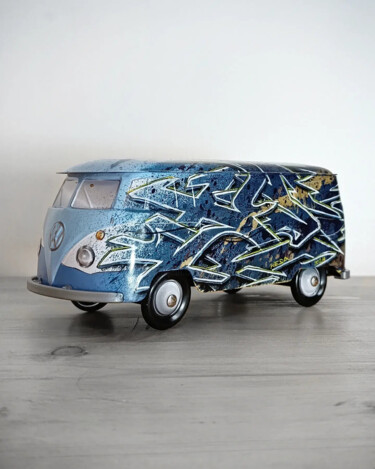1 328 Оригинальные современные скульптуры на продажу:
Как определить Уличное искусство стиль ?
Street Art is visual art produced in public spaces for viewing by the general public and is intended to spread a social and political statement. It has been referred to as "guerrilla art," "post-graffiti," "neo-graffiti," and "independent art." Street art is seen as the zenith of democratic art because it can be viewed by anybody and is not owned. Artists have introduced this unusual and democratic work into institutions and galleries throughout the past few decades, garnering recognition on a global scale and popularity in the "traditional" art world. The city and its residents have an impact on street artists' environment and sources of inspiration. Their main themes frequently examine ideas of popular culture, ads, cartoons, and urban settings. Street art is full of inventiveness and constantly looking for new techniques, supports, and materials, from the abstract to the figurative.
The fundamental idea behind street art is that everyone should have the opportunity to create art and have it seen by others, regardless of their race, age, gender, economic status, or other characteristics. It also believes that art should be accessible rather than hidden away inside galleries, museums, and private collections. Even though some street artists may make sculptures or installations, they are more well recognized for using uncommon art materials like wheat paste, spray paint, stencils, and stickers.
The most well-known artists of today developed their reputations on the streets. Graffiti artists like Keith Haring and Jean-Michel Basquiat, whose works were found on public walls as well as in galleries and museums, had a big impact on later generations of artists, particularly Banksy and Fairey. Street art has historically had a tense relationship with the art world as a whole due to its roots in illegal activity and distinctive interest in subversion, political, and social action.
Street Art sculpture
In sculpture, Street Art is a movement and a form of artistic expression characteristic of the late twentieth century, early twenty-first. Many sculptors have marked the history of this movement through his handling of volumes: this is particularly the case of Mark Jenkins and his hooded figures, but also of Isaac Cordal and his miniatures characters very critical of our social development, or the Gregos parisian with his persons making faces. Around the world, Street art sculpture continues to be a popular category of art and many of its creators have achieved renown and mainstream success.
Street Art Sculptors
Mark Jenkins (born 1970)
American artist Mark Jenkins creates sculptural street installations. Jenkins uses the "street as a theater" in his street art, allowing his sculptures to interact with the environment. With his hyperrealistic sculptures that he places in the streets across Europe and the United States, Mark Jenkins explores how people see the world. The staging is often uncomfortable and the faces of the people are frequently obscured. Since he wraps live figures in plastic films and tape, his technique is likewise hidden. The "cast" is then cut out, put back together without the figure, dressed, and given realistic features like hands and hair.
Gregos (born 1972)
French street artist Gregos began displaying his face on the buildings in Paris. He creates a reproduction of his face with his tongue out or smiling that he paints and adheres to the walls of Paris using his own 3D concept, which he designed utilizing all the techniques he had learned and refined over the years. Each face serves as a kind of self-portrait for the day, expressing the humor of the wearer and his past, present, and future.
The street art concept by Gregos is effective at encouraging conversation between the faces and among spectators. More than 500 faces have been installed so far, largely in Paris but also in other French cities and cities across the globe, including Europe, the United States, Japan, and South America.
Isaac Cordal (born 1974)
Isaac Cordal is a Spanish Galician artist who specializes in miniature art. His creations feature miniature animals built of cement, which is often thought of as the mark of civilization, and are positioned in unexpected places like gutters and puddles. Due to its small size (about 15 cm), finding them requires careful attention. They are frequently depicted in ordinary activities, and the setting choice can introduce new dimensions to the action. They typically highlight how ludicrous our current world is. The artist uses the sculptures as a metaphor to analyze politics, bureaucracy, and power.
Christiaan Nagel (born 1982)
Christiaan Nagel is a British street artist known for his oversized mushroom sculptures made from polyurethane which he places high up on buildings. They reach as far as Los Angeles, Cape Town, Berlin, Barcelona, London, New York, and Cape Town. These polyurethane mushrooms come in various sizes and individual samples or flocks. The artist claims that although mushrooms naturally develop, they require ideal weather and environmental circumstances, such as original artistic and scientific concepts.
Откройте для себя современные скульптуры уличного искусства на ArtMajeur
Современные Скульптуры уличного искусства - это оригинальный вид искусства, который набрал огромную популярность в последние годы. Основными типами поддержки для этих скульптур являются стены, здания и общественные пространства. Используемые материалы включают в себя краску в баллонах, шаблоны, дерево, металл и пластик, среди других. Уникальность этого вида искусства заключается в том, что оно способно привести искусство на улицы и сделать его доступным для всех.
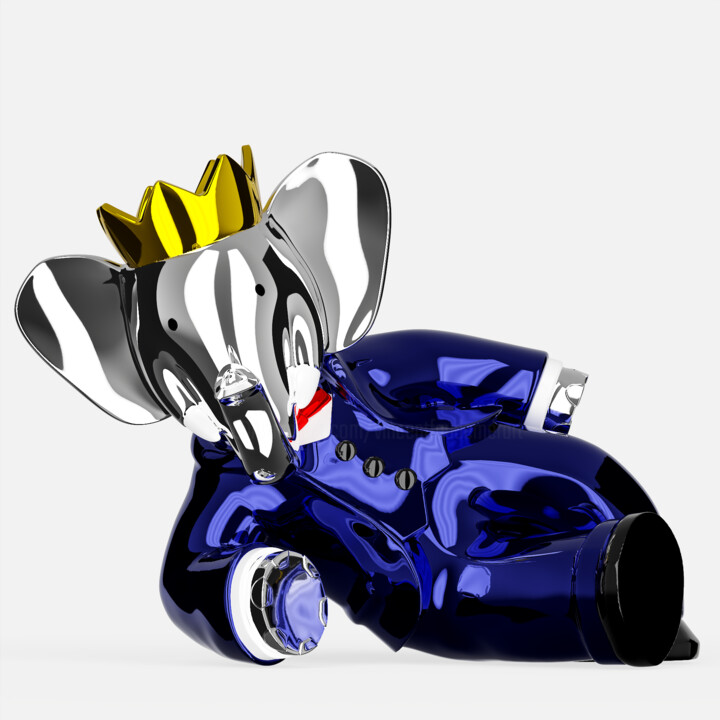
©2025 Vincent Faudemer
Происхождение и История
Движение граффити, начавшееся в 1970-х годах, было значительным ответом на отсутствие представления отсталых сообществ в мире искусства. Художники-граффитисты использовали общественные пространства, чтобы выразить себя и свои сообщения. Это движение привело к появлению стрит-арта в 1980-х годах. Уличные художники начали создавать не только граффити, но и фрески, наклейки, постеры и скульптуры, используя материалы, такие как металл, дерево и бетон. Современные скульптуры стрит-арта продолжают развиваться, с новыми художниками и стилями, возникающими все время.
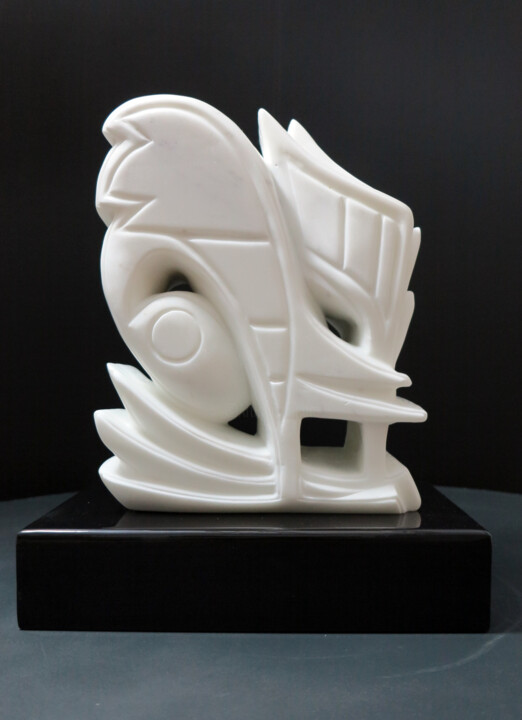
©2024 Sand
Эволюция этих работ на современном художественном рынке
Современные скульптуры уличного искусства в последние годы претерпели значительную эволюцию. Ранее подпольное движение получило признание в широких кругах, при этом художники исследуют новые материалы и техники для создания впечатляющих произведений. Это привело к росту интереса к рынку современного искусства, где коллекционеры и инвесторы ищут эти уникальные и задумчивые работы. Важность этих скульптур заключается в их способности вызывать вызов традиционным представлениям об искусстве, создавая диалог между художником и зрителем. Кроме того, их размещение в общественных местах означает, что они имеют силу преобразовывать городской ландшафт, делая искусство более доступным и инклюзивным. По мере того, как движение скульптуры уличного искусства продолжает развиваться, будет интересно посмотреть, как художники будут управлять напряжением между коммерческим успехом и художественной неприкосновенностью.
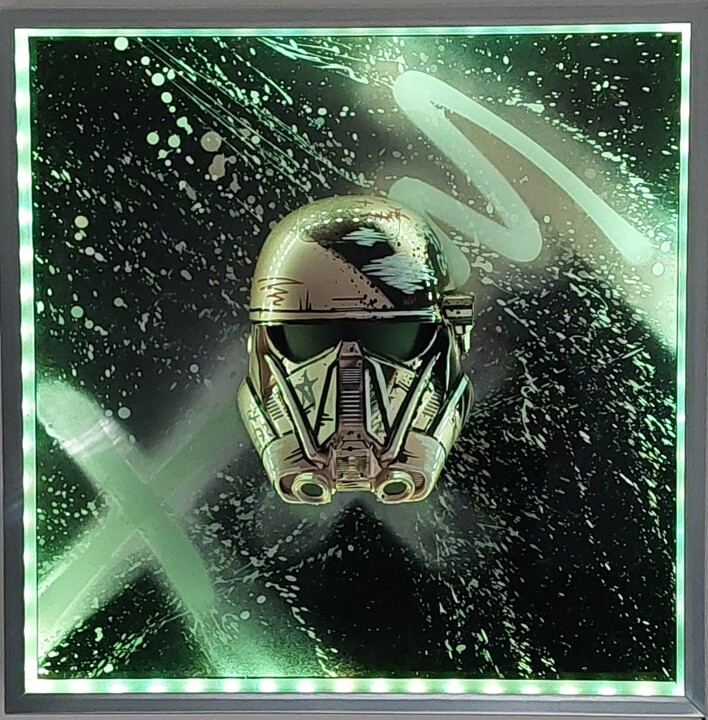
©2024 Random Customs
Связанные известные художники
Современные художники, специализирующиеся на скульптурах уличного искусства, очень востребованы благодаря своим уникальным и инновационным подходам к этой популярной форме искусства. Эти художники используют различные техники и материалы, чтобы создавать потрясающие скульптуры, которые захватывают суть городской жизни.
Один из таких художников - скульптор, известный своей сложной и высоко детализированной работой. Он высоко квалифицирован в работе с металлом, а его скульптуры часто включают найденные предметы и другие материалы, чтобы создать потрясающий визуальный эффект. Другой художник известен своими яркими и красочными скульптурами, которые включают элементы граффити и стрит-арта. Его работа высоко узнаваема и получила большую популярность среди любителей стрит-арта.
Еще один художник известен своими инсталляциями крупного масштаба, которые превращают городскую среду в произведения искусства. Его скульптуры часто включают элементы окружающей архитектуры и ландшафта, создавая безшовную интеграцию между искусством и построенной средой. Другой художник известен своим использованием необычных материалов, таких как переработанные пластмассы и другие отходы, для создания фантастических и задумчивых скульптур, которые комментируют вопросы устойчивости и экологии.
В целом, эти современные художники высоко квалифицированы в своем ремесле и привносят уникальную перспективу в скульптуры уличного искусства. Работая с металлом, граффити или необычными материалами, они расширяют границы того, что возможно в этой захватывающей и динамичной форме искусства.
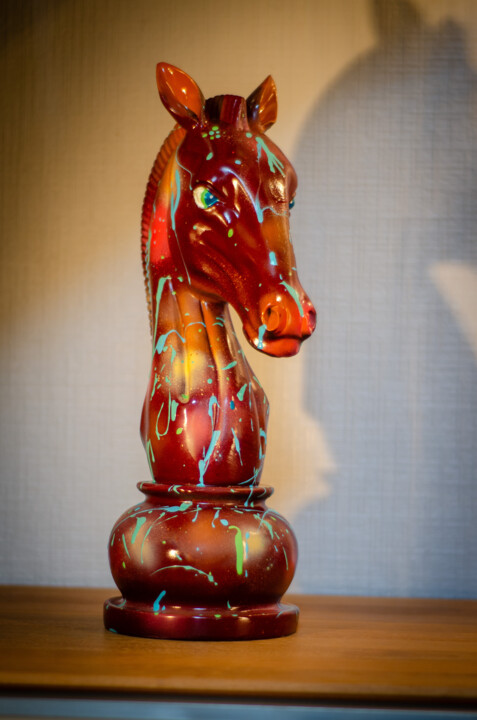
©2024 Laura Onesta
Заметные современные скульптуры уличного искусства
Современные скульптуры уличного искусства стали значительной формой городского искусства, привлекая внимание общественности по всему миру. Вот некоторые из наиболее известных скульптур уличного искусства и их описания:
В заключение, современные скульптуры уличного искусства стали важной формой общественного искусства, несущей послания о силе, позитиве и мире в городах всего мира. Эти произведения искусства стоят как свидетельство силы искусства вдохновлять и вызывать мысли.

Laura Onesta
Скульптура - Рисунок распылителем краски | 15,8x5,5 in
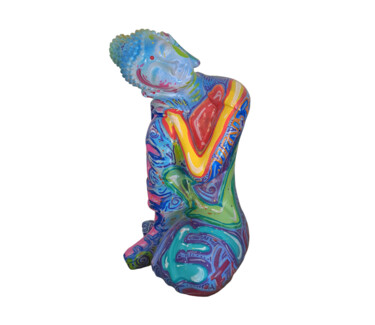
Guemi (1980)
Скульптура - Акрил | 11x9,1 in

Sand
Скульптура - Камень | 12,2x9,5 in

Anka Girls
Скульптура - Рисунок распылителем краски | 44,5x15,4 in
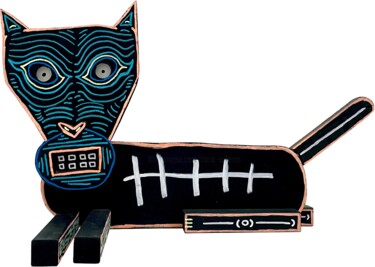
Frank Willems
Скульптура - Акрил | 19,7x32,3 in
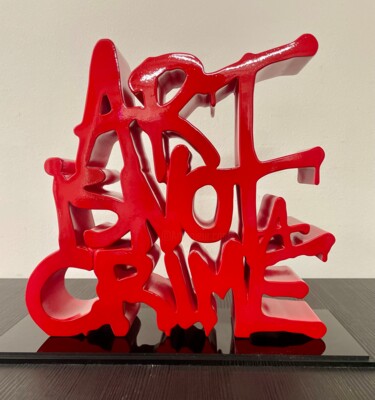
N Nathan
Скульптура - Смола | 9,8x10,6 in

Guemi (1980)
Скульптура - Акрил | 7,1x5,9 in
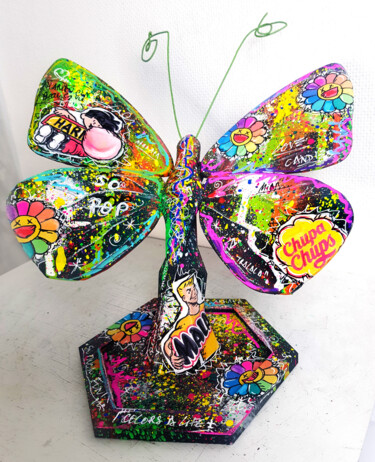
Pvettese
Скульптура - Рисунок распылителем краски | 7,9x7,9 in
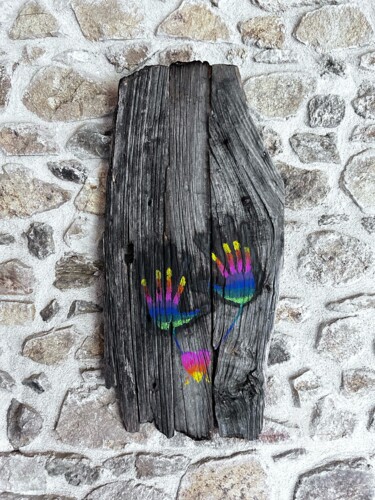
Benoit Beal (3enoit 3eal)
Скульптура - Дерево | 33,5x16,1 in

Kesa Graffiti
Скульптура - Аксессуары | 3,9x8,7 in
